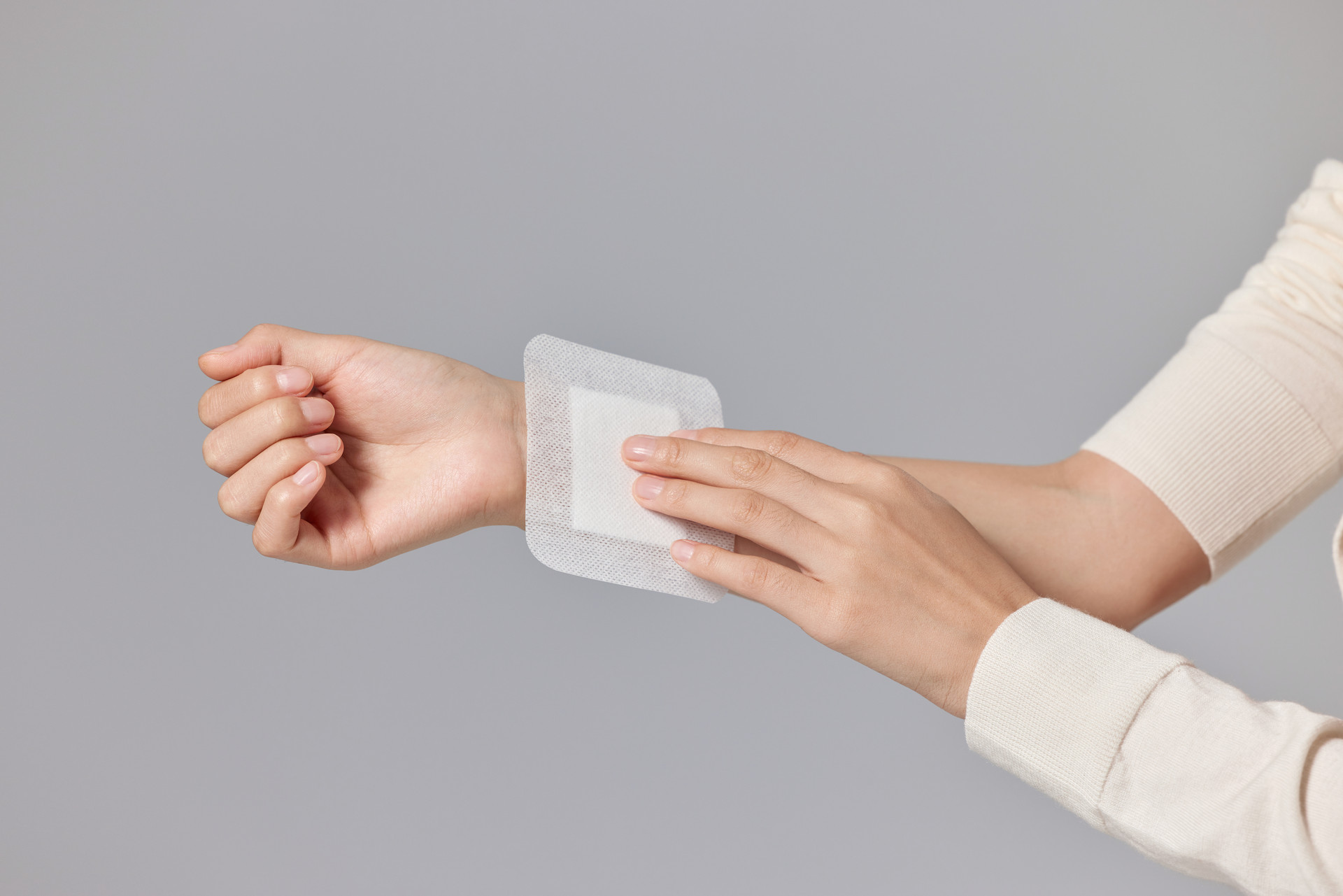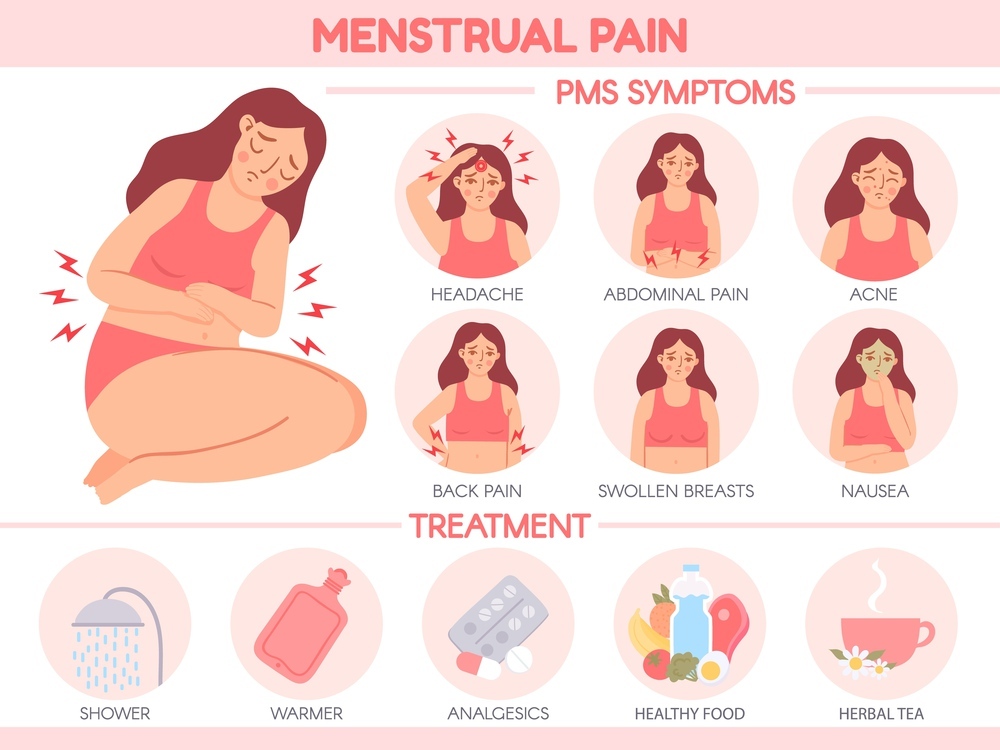Dealing with Breast Engorgement
When women experience breast engorgement, their breasts become harder, more swollen, and painful to touch. They may also feel a feverish sensation. The breasts appear smooth and full, and the nipples become firm and painful. During this time, it becomes difficult for the baby to latch on to the mother's nipple. To relieve the pain of breast engorgement, the following methods are recommended:
1. Heat therapy
When experiencing breast engorgement, you can apply heat to your breasts to help clear any blockages in the milk ducts and improve blood circulation. Avoid applying heat directly to the nipples and areolas, as these areas are more sensitive. Make sure the temperature of the heat therapy is not too hot to prevent burning the skin.
2. Massage
After applying heat to the breasts and improving blood circulation, you can massage the breasts. There are various ways to massage the breasts, but a common method is to support one breast with both hands and massage from the bottom of the breast to the nipple, expressing milk into a container. Once the breasts become softer, the baby will have an easier time latching on to the nipple.
3. Use a breast pump
If the breast engorgement is severe and painful, you can use a manual or electric breast pump to help express milk. This can be quite effective in relieving the discomfort.
4. Take a warm shower
If your breasts are engorged and painful, taking a warm shower can provide some relief. The warm water will make you feel more comfortable. However, be careful not to forcefully separate the baby from the breast, as this can cause nipple injury.
5. Cold therapy
If the breast engorgement is severe, you can try using cold therapy to alleviate the pain. Remember to express the milk before applying cold therapy.
Proper Weaning Techniques
Currently, major hospitals do not recommend using medication or injections to stop lactation. They advocate for a "natural weaning" approach, which relies on the principle of reducing milk production. You can try gradually replacing breastfeeding with formula milk for the baby, which will naturally decrease milk production and facilitate the weaning process.
For new mothers who need to return to work immediately after the postpartum period, if you wish to continue breastfeeding, you can reduce the frequency of breastfeeding and express milk into a container for storage. This way, your child can still have breast milk while you are at work. To fully wean, gradually reduce the number of breastfeeding sessions. For example, if you were breastfeeding your baby 8 times a day, you can gradually reduce it to 6 times, then 4 times, and replace the rest with formula milk. This will naturally decrease milk production. It may take several days to a week for milk production to completely stop.
Expert Recommendations
Currently, the concept of "the earlier the better" and "milk production is proportional to the frequency of breastfeeding" has become a global idea for breastfeeding. It is recommended that postpartum mothers actively work towards this direction, with the support and encouragement of their partners, so that the baby can suckle more, ensuring proper milk flow and reducing the pain of breast engorgement, making it easier to get through this challenging period.
In addition, it is important for breastfeeding mothers to have a balanced and light diet. They should consume foods that are high in calories and protein, and drink enough water. It is also advisable to avoid foods or personal dietary preferences that may inhibit milk production, in order to maintain the health of both the mother and baby.
Lastly, it is recommended that new mothers do not rush to wean because of work. It is best for the baby to have enough breast milk for 4 to 6 months, especially for babies with allergies or gastrointestinal issues, as breast milk is a natural "remedy"!
How to Express Milk
1. Place your thumb and index finger on the outer edge of the areola and press towards the chest wall.
2. Press the areola behind the nipple with your thumb and index finger to express milk.
Tips for Proper Latching
If you experience nipple pain while breastfeeding, it is likely due to the baby's incorrect latch. The baby should latch onto the entire areola and nipple, rather than just the nipple. Latching onto only the nipple can cause improper sucking and result in pain for the mother.
Tips for Weaning
1. If you want to wean, wear a well-fitting or slightly tight bra to suppress milk production.
2. Reduce the frequency and quantity of breastfeeding or stop breastfeeding altogether.
3. Avoid consuming foods that can suppress milk production, such as malt water, chives, and ginseng.








